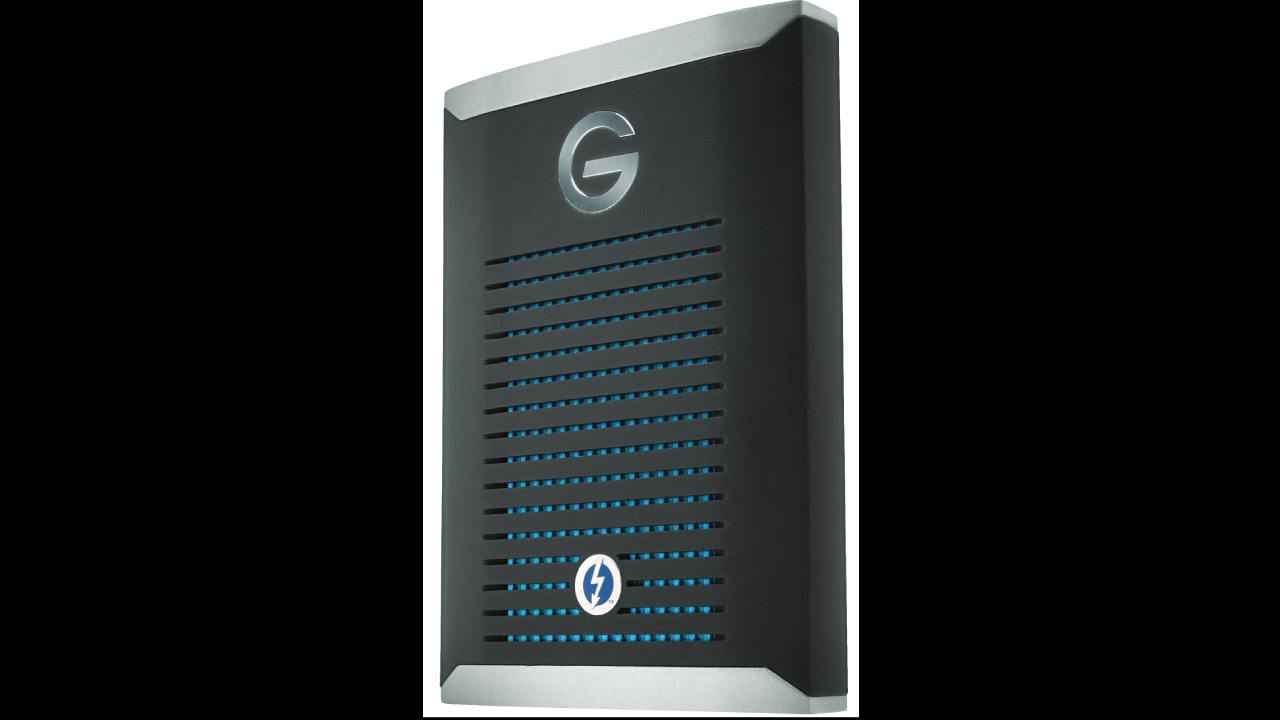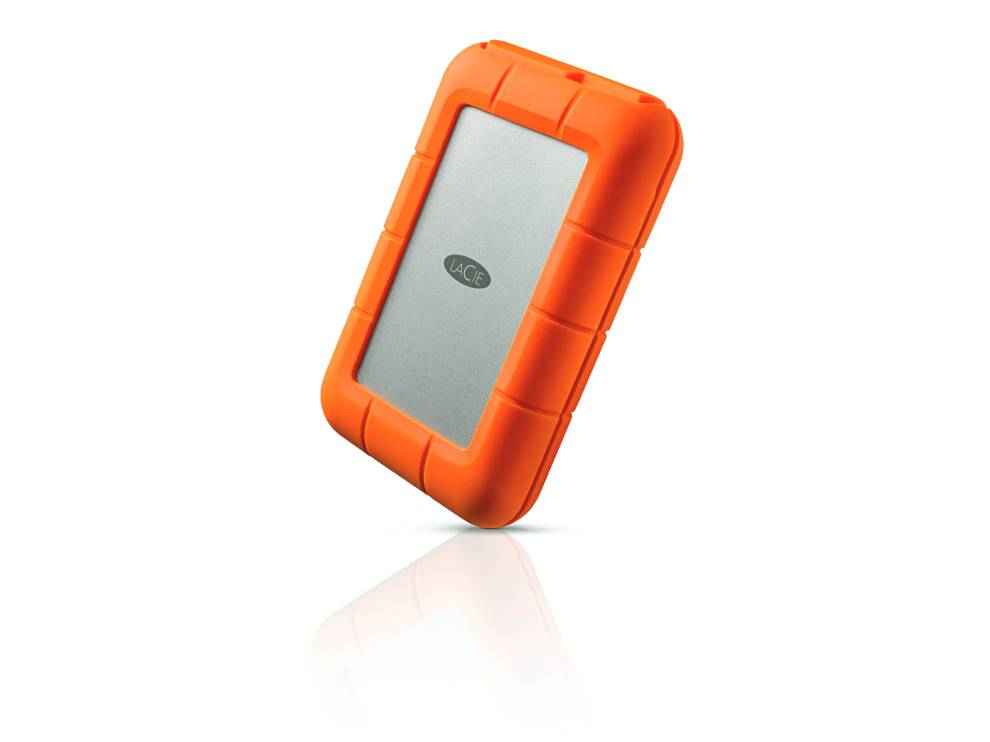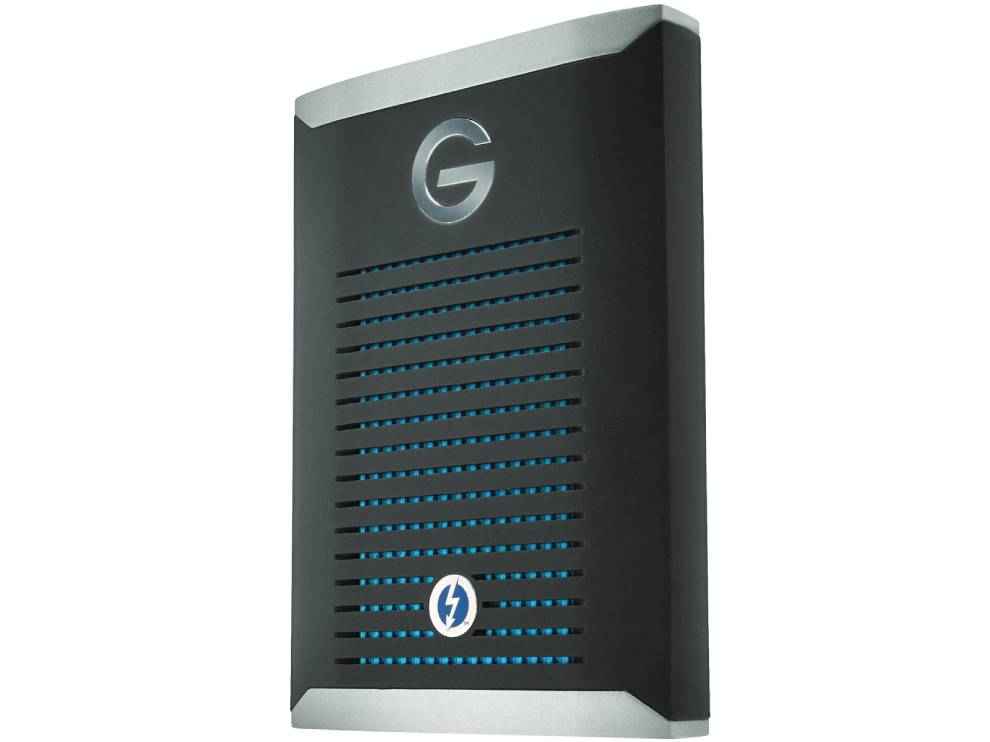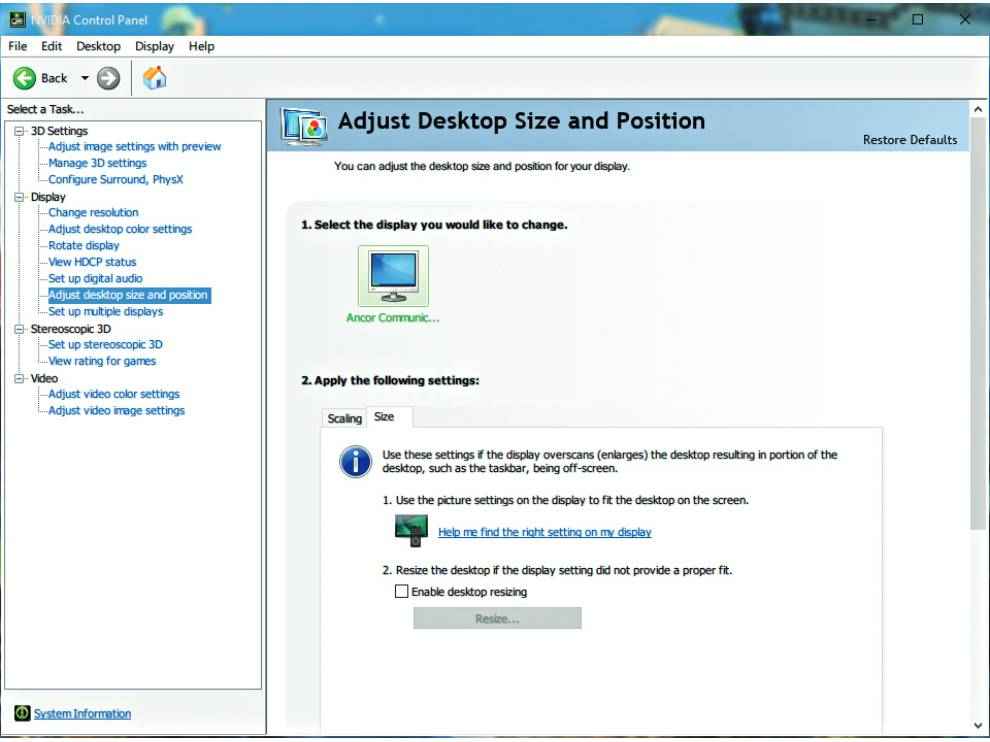Choosing the right portable hard disc drive

External hard drives are boring devices to talk about. I'd never imagined that I'd have to talk about external hard drives in this day and age, especially since they've become commodities and barely have any worthwhile value additions that could sweeten the deal. In the past couple of years, manufacturers have been providing a few gigabytes of cloud storage space with each external hard drive but that's about it. Every now and then you'd see some manufacturers integrate additional media creation software with the drives and I can certainly get behind that but I could hardly be bothered with the rest. So why am I harping about external hard drives? Well, a buddy of mine came to me asking for buying advice.He wanted to buy an external hard drive for his Macbook Air and was looking for recommendations. A few cursory Google searches had him nearly convinced about getting either a LaCie or a G-Technology hard drive which tend to be a little more expensive than the usual external drives that we get to see from the likes of Seagate, WD, Toshiba, Sony , etc. So he wanted to know why these particular hard drives commanded a premium and I'm certain some of you might be wondering the same.
 Survey
Survey
There was a time when these hard drives actually were different from the other suspects. The primary differentiator was the interface and the file system with which they came pre-formatted. Apple devices such as Macbooks, Macs and Mac Minis used to have file systems which were different from what Windows PCs used. Linux systems were compatible with practically everything but the divide between PC and Mac OS in terms of file systems and also because the interfaces were different (PC used USB whereas Apple devices used FireWire) there was the need to have external hard drives that were purpose built to be compatible with these different platforms. Apple devices did have USB but FireWire was much faster and a lot of external storage devices moved to using FireWire.What emerged out of this was that manufacturers would have separate product lines just for Apple devices. The LaCie and G-Technology drives trace their origins to this era. As a result of this exclusivity, these hard drives are also started commanding a price premium which they still do to this day.
Things have changed a lot since then. FireWire made way for Thunderbolt on Apple devices and the market for Mac OS specific devices still existed. However, when the Apple exclusivity agreement for Thunderbolt ended and the Thunderbolt protocol became compatible with the USB interface around the time USB 3.0 came out. As a result, both Apple devices and PC devices were shipping with the same interfaces. These days, a Type-C interface with Thunderbolt support is found on nearly all PCs and it is the standard on Apple devices. This meant that the only reason that macOS (previously Mac OS) and PC would require different external storage medium came down to the file systems.That was easily solved by formatting the drive to FAT32 or exFAT, the latter being the newer and better file system.
So if you have an external harddrive that uses a USB 3.0 interface (Type-A or Type-C) and is formatted with exFAT, you can use it with practically any computer. So there is no longer any need to get Apple-specific hard drives for Apple devices. Which was my suggestion to my friend as well. However, the hard drive manufacturers have also been working towards making amends. So why would you get these LaCie and G-Technology drives these days? Well a good number of models have a very rugged build. They're still using mechanical hard drives so a good fall while they're plugged in can still mess-up the internals of the hard drives. But they're more rugged than most of the other drives that you can buy in the market.So you can say that in a way, they're still capable of demanding a price premium. Honestly speaking, I would rather rather get an external USB 3.0 / 3.1 /3.2 Type-C SSD which can handle much higher levels of mechanical shock, have higher speeds and are more compact. Those are definitely worth the extra cost and for those who'd prefer something economical, get an external NVMe SSD case and slip in any NVMe SSD. The combination works out to be much cheaper.
Buying advice
Hi Agent001,
I have been a loyal subscriber of Digit for a couple of years. I had purchased an HP Pavilion 15 laptops about 6-8 months back. Recently the image on the monitor has shifted to the right by about an inch and there is a black vertical stripe on the left side of the monitor. This does not happen all the time. Sometimes it is there and sometimes it goes away. I have taken the monitor to my neighbor and he could not fix it. It becomes problematic to close applications after I have started them because I cannot click on the 'X' button in the top right corner of the window. So all my applications are always running and the PC becomes very slow. Please help me fix this.
–P. Moolchand
Hey Moolchand,
There are a couple of reasons why this might have happened. Honestly, such an offset automatically creeping in is something we've never heard of till now but we can do a few things to sort it out. Since you mentioned that this HP laptop was purchased recently, it would still be within warranty so you can always try for remote support. Before you reach out to support, here are a few things you can try to solve this peculiar problem. First check the graphics settings panel if there's some option that may allow you to compensate for the offset. If your computer is powered by Intel HD Graphics then you can open Intel Graphics Control Panel and navigate to the resolution option or you could simply use the Windows Graphics Settings panel to do the same. Drop the resolution to something that's not 16: 9. Example – if you are on a 1920×1080 resolution monitor, switch to 1680×1050. This will reduce the width of the display in such a manner that you have black bands on either side and your entire display should be viewable. Now head to the support page of your laptop and download the latest graphics driver for your display adapter. The laptop manufacturers make slight modifications which result in the generic driver package not installing properly so you have to get the drivers from the manufacturers website in such cases. Install that and see if there's been any improvement. If not, get the generic drivers and give that a go. Do ensure that you are picking the appropriate driver package. There usually is a DCH and a standard package. Most devices will require the DCH package. If your laptop has NVIDIA graphics then the 'Adjust desktop size and position' panel has a "Size" option which can help fix overscanning problems. Simply follow the instructions and resize the desktop to sort things out. You will have to undo the resolution change that we performed earlier before completing the resizing operation. If these don't help, then talk to your laptop manufacturer's customer support.
Agent 001
I have a keyboard and I'm not afraid to use it, because I have a license to quill. View Full Profile


